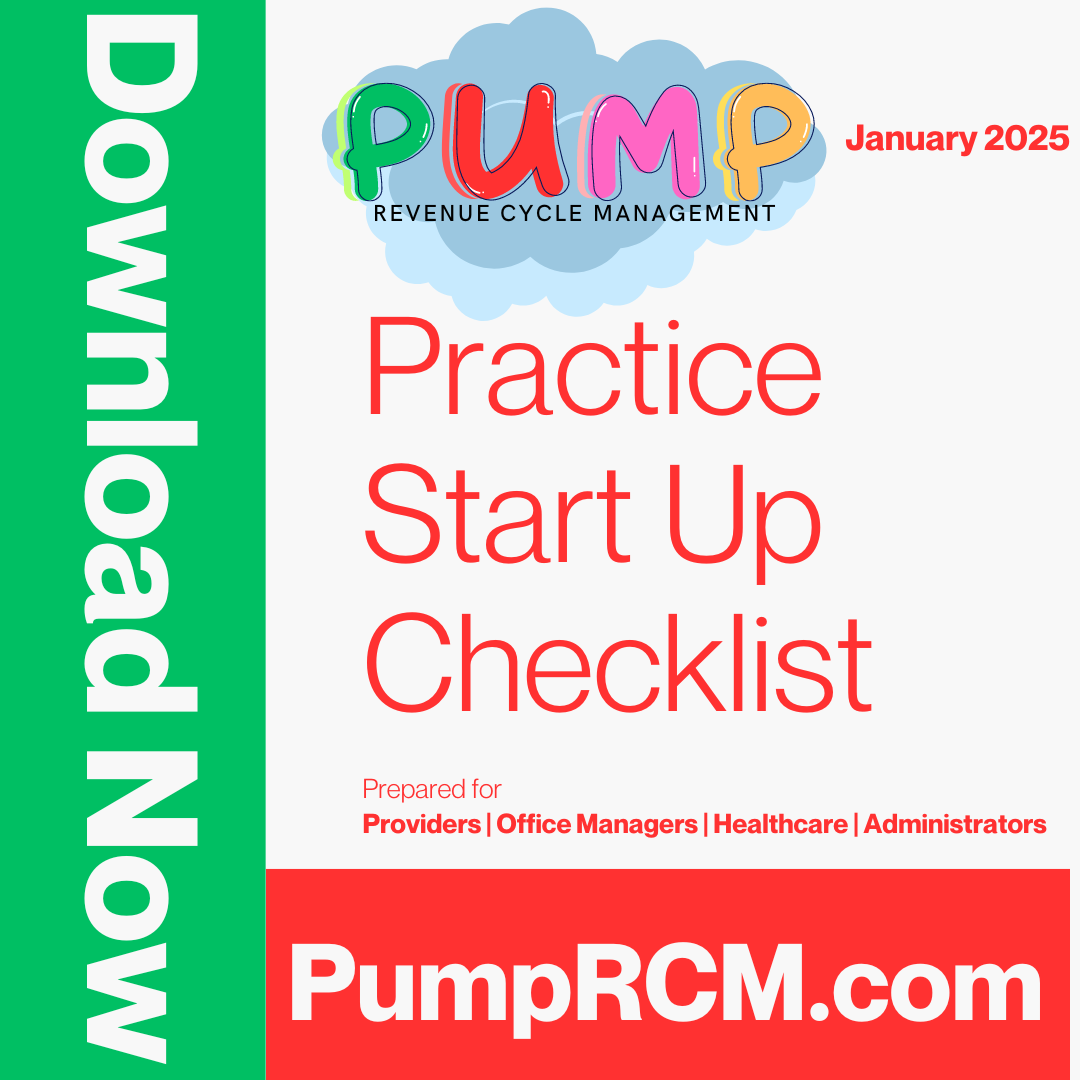Exactly How Healthcare RCM Solutions Streamline Invoicing and Collections
Exactly How Healthcare RCM Solutions Streamline Invoicing and Collections
Blog Article
A Comprehensive Overview on How Health Care RCM Works to Streamline Payment and Collections
Navigating the intricacies of medical care profits cycle management (RCM) is crucial for service providers intending to boost their invoicing and collections procedures. The guide unboxes the details of RCM, from patient registration to accounts receivable monitoring, using understandings right into optimizing each action.
Recognizing Profits Cycle Monitoring
RCM is an important administrative feature that encompasses the entire monetary procedure of person care, from the initial visit setting to the last settlement of the balance. It is a complex treatment made to determine, collect, and handle the revenue from the solutions offered to individuals.
The RCM process begins when a client routines a consultation and prolongs through the client's treatment trip, including invoicing and collections. An essential goal is to reduce the time between obtaining and offering a solution settlement, hence improving the organization's economic wellness. RCM entails various features such as person registration, insurance policy confirmation, fee capture, coding, claims entry, repayment uploading, and handling appeals and denials.
Key Elements of RCM
In the world of Earnings Cycle Administration (RCM), recognizing its crucial components is basic to attaining economic efficiency within health care companies. RCM is a thorough process that includes numerous stages, each vital to ensuring effective payment and collections. The main elements consist of patient registration, insurance policy verification, fee capture, coding, case submission, payment publishing, and receivable management.


As soon as coded, insurance claims are submitted to payers, where precision is vital to prevent hold-ups or rejections - Healthcare RCM. Payment uploading involves tape-recording the obtained payments, which permits the reconciliation of accounts. Finally, receivables monitoring concentrates on monitoring and attending to unpaid claims, ensuring timely follow-up and resolution
Each component of RCM is adjoined, and ineffectiveness in any kind of part can disrupt the entire cycle. Therefore, grasping these components is essential for healthcare suppliers to optimize profits and enhance their monetary wellness.
Approaches for Effective Payment

Standardizing billing treatments across the company is an additional essential technique. Establishing clear standards for paperwork, coding, and submission helps maintain consistency and conformity with regulative requirements. Training staff consistently on these treatments makes sure everybody is up-to-date with the most recent changes in invoicing codes and payer policies.
Precise charge capture is crucial in stopping earnings leakage. Carrying out normal audits and tracking systems permits for the identification and correction of discrepancies before they affect profits. Furthermore, preserving open lines of communication with payers assists to promptly solve any kind of disagreements or misconceptions that might arise.

Lastly, appealing clients early in the billing process by giving clear quotes and academic materials about their economic duties can considerably minimize confusion and enhance settlement timeliness. These strategies jointly add to a much more economically healthy and efficient billing system.
Enhancing Collections Procedures
A durable collections procedure is vital for preserving monetary stability within health care organizations. Given the intricacies of medical payment and the range of payer demands, enhancing the collections procedure entails implementing strategic procedures that make sure precise and prompt repayment of services provided. Central to this is the usage of technology to automate and streamline procedures, boosting and lowering hand-operated mistakes efficiency. Automation devices can assist in tracking case standings, sending out timely reminders to patients, and taking care of denials a lot more properly.
Educating staff to comprehend the nuances of insurance coverage and invoicing codes is equally vital. This understanding empowers them to resolve payment discrepancies hop over to these guys promptly and interact effectively with individuals concerning their financial responsibilities. Moreover, clear and clear individual interactions are vital. Offering in-depth descriptions of costs and supplying adaptable settlement strategies can increase patient contentment and timely settlements.
Regular audits of the collections process must be conducted to recognize locations for improvement and ensure conformity with guidelines. By examining data, health care organizations can recognize patterns, anticipate prospective concerns, and adapt strategies as necessary (Healthcare RCM). Inevitably, a well-enhanced collections procedure not only sustains financial health and wellness but likewise adds to a more seamless experience for people and personnel alike
Optimizing Income Streams
Structure upon the foundation of a strong collections process, medical care organizations can better bolster their monetary stability by strategically enhancing profits streams. This entails a multi-faceted method, beginning with a detailed evaluation of existing revenue sources to identify inefficiencies and areas for development. Using innovative data analytics tools allows companies to gain understandings right into payer mix, patient demographics, and solution utilization patterns, enabling data-driven decisions that improve earnings capture.
Executing automated payment systems can significantly reduce mistakes and expedite insurance claims processing, making certain that income is collected a lot more effectively. Moreover, enhancing payer agreements through normal arrangements can boost repayment rates and terms, directly impacting the lower line. Expanding service offerings, such as incorporating telehealth or wellness programs, can additionally bring in a more comprehensive patient base, hence boosting revenue possibility.
An additional critical part is enhancing individual interaction and complete satisfaction, as satisfied patients are most likely to abide by treatment plans and make prompt repayments. Offering versatile repayment options and transparent payment techniques can improve collections and foster client loyalty. Healthcare RCM. By adopting these approaches, health care organizations can develop an extra durable financial framework, ensuring sustained development and stability in an ever-changing sector landscape
Conclusion
In conclusion, medical care Income Cycle Monitoring (RCM) plays a crucial duty in maximizing invoicing and collections processes by incorporating key components such as individual registration, insurance policy confirmation, fee capture, coding, asserts submission, and receivable management. By using sophisticated visit the site technology, systematizing treatments, and promoting patient interaction, healthcare providers can dramatically decrease insurance claim denials, accelerate settlement cycles, and improve capital. This thorough strategy to RCM ultimately leads to boosted economic efficiency and sustainability for medical care organizations.
The RCM process starts when a person schedules a consultation and prolongs with the client's treatment trip, including billing and collections.One more crucial part is boosting person involvement and fulfillment, as completely satisfied patients are more likely to stick to therapy strategies and make prompt settlements. Providing versatile repayment choices and Learn More clear payment methods can enhance collections and foster individual commitment.In final thought, medical care Earnings Cycle Administration (RCM) plays an essential role in optimizing billing and collections processes by integrating key components such as individual registration, insurance coverage verification, charge capture, coding, claims entry, and accounts receivable management. By utilizing sophisticated innovation, standardizing procedures, and fostering patient engagement, medical care service providers can substantially minimize insurance claim denials, accelerate settlement cycles, and improve cash flow.
Report this page